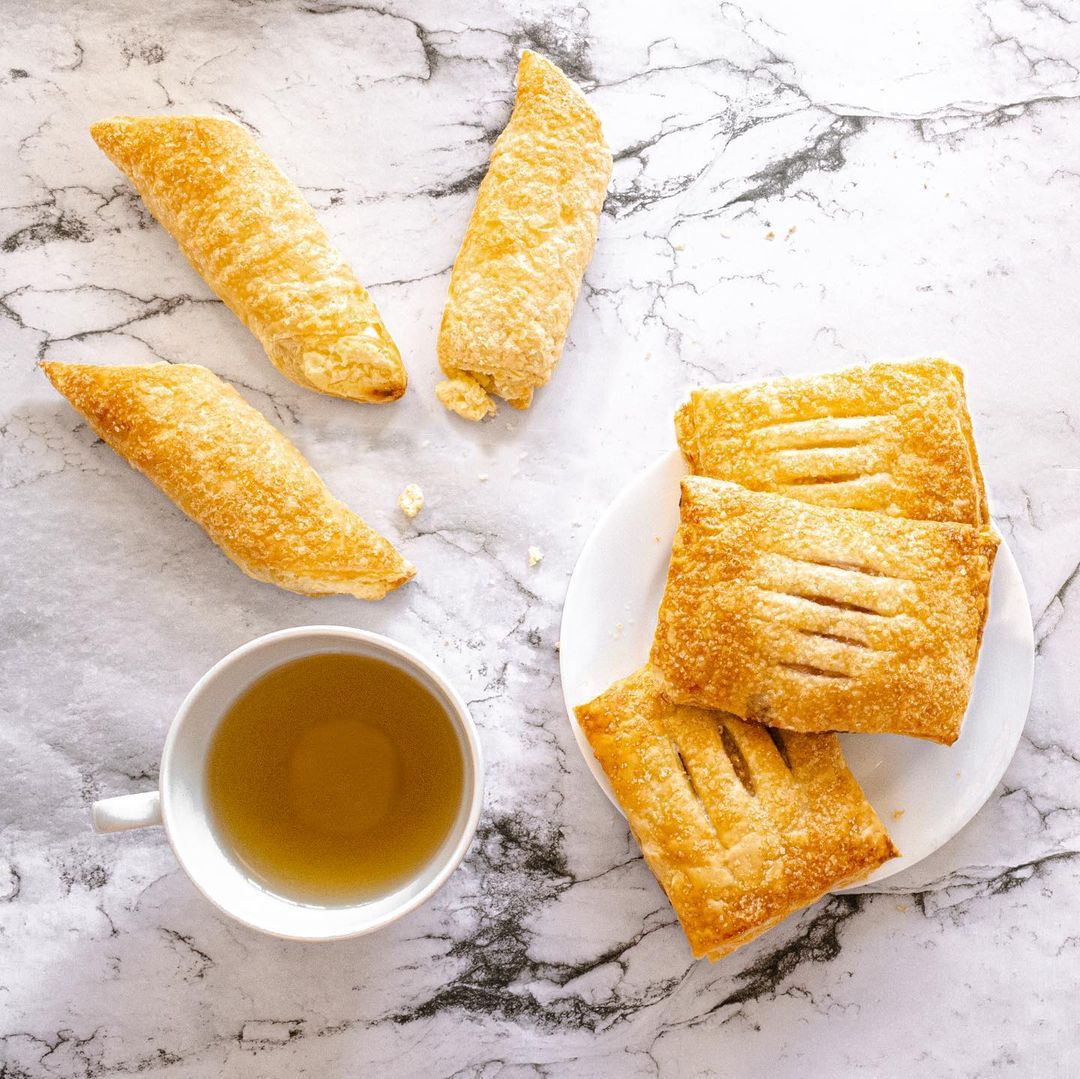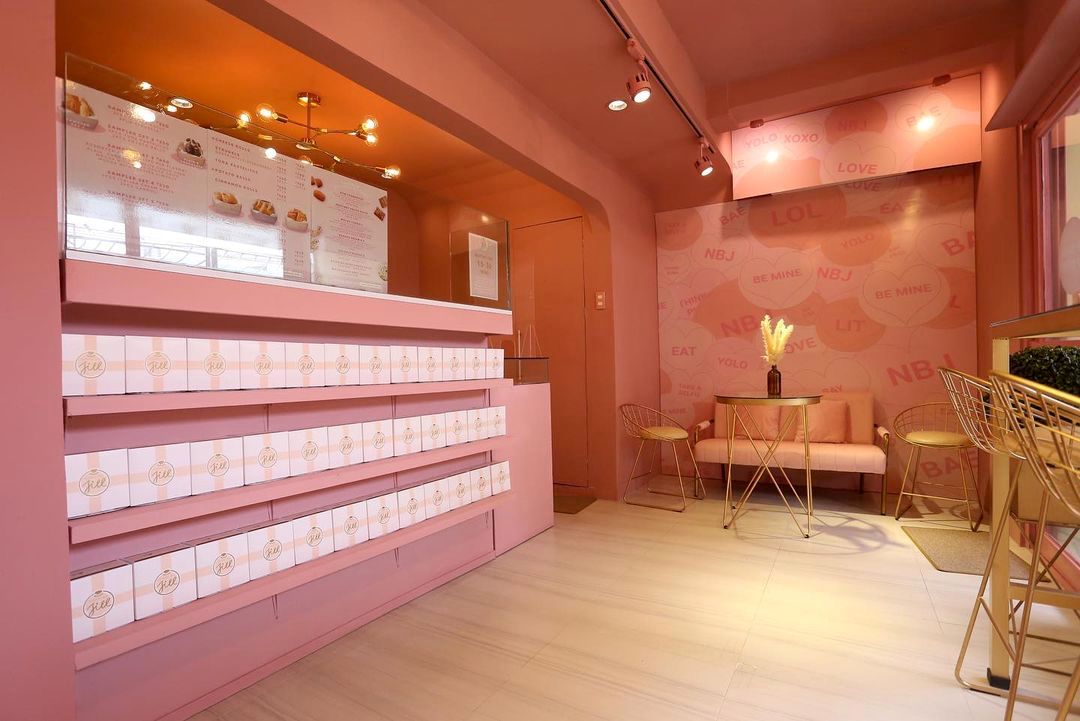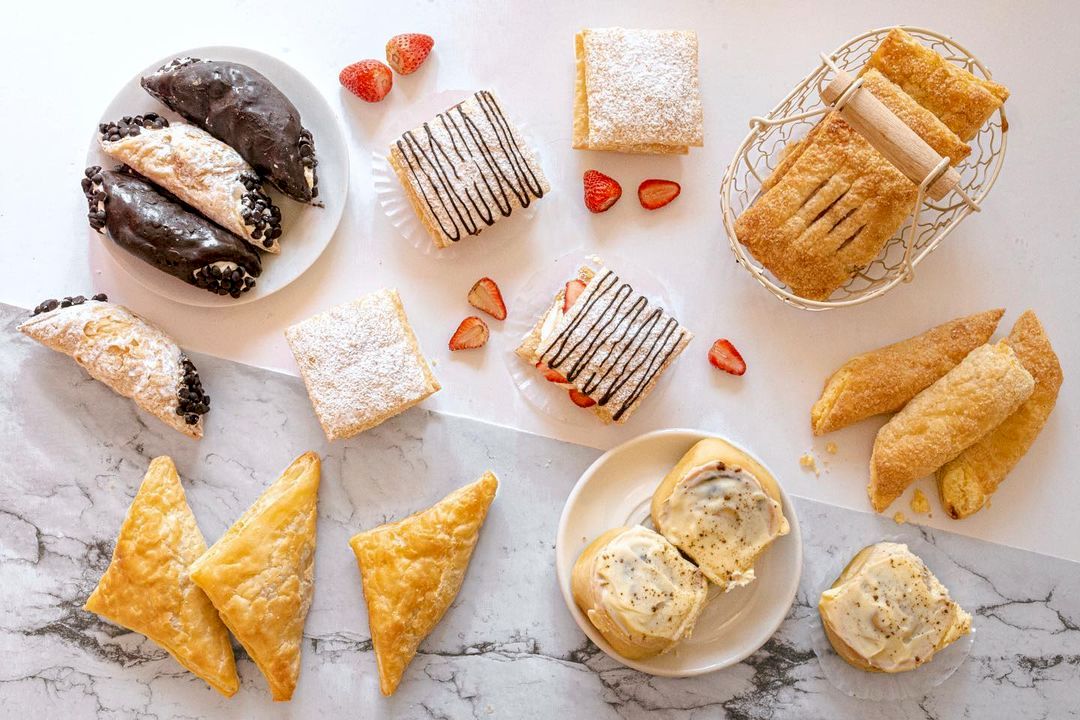The image of the childhood lemonade stand has faded in this pandemic. As has the allure of purchasing a commercial space and fitting it out with a food establishment.
Grown in vogue however is the online store—often born on Instagram—where the customer experience begins with a few taps, is maintained with an attractive feed, and is completed with some form of digital payment.
It seems that the budding food entrepreneur is no longer just sweating away in a kitchen or a food truck but is also propped up on a couch, phone in hand, typing away messages, and confirming orders. Of course, right before running to the kitchen and getting all the cooking done.
Jill Del Rosario, 24, founder and owner of Nothing But Jill, is a member of this new generation of food entrepreneurs whose ticket to business sustainability isn’t found in a lemon-juice-to-sugar ratio, but on a multidisciplinary checklist that spans from online presence to quality product.
Pastries to your door
Stuck at home after spending time working at her family’s retail business, Del Rosario found the time to experiment on pastry recipes she’d been wanting to try. And while she’d always hoped to take up a culinary course, the time to do so never materialized.


“Being home quarantined for so long gave me the time I needed to finally start baking,” she says. And like all of us who at points of the pandemic took up new meanings in life—woodwork, HIIT workouts, potting plants—Del Rosario found a fair amount of trial and error in the process of baking and the eventual creation of the business.
“Since we were entering a different field which is the food industry,” she says. “It was tricky to find [what] works best.”
In June 2020, with a firm prompt from her brother Jinno, a working recipe for cinnamon rolls, and digital creative work by her sister Micah Celina, Del Rosario launched Nothing But Jill on Instagram.
Going from 20 to 500 boxes entails risk
While customers interacted with the brand via its peachy, cutesy online presence where captions are accented with heart emojis, Del Rosario spent her time—“It was just me and my mom”—working in the kitchen with just a single-layer home oven.
With minimum capital fronted—Instagram is free and raw ingredients are essentially paid for before the customers even taste the finished product—the business was up and running with what was available.
But with limited capital came limited capacity. “One of the biggest worries we’ve experienced was not being able to meet the demand on time,” she says.
“Instagram is still where the majority of our orders come from and in my opinion is the best entry point for aspiring food entrepreneurs. You could build this relationship with your customers where they could easily go back to your page if they want to order, inquire, and browse,” says Jill Del Rosario.
She recounts waiting for trays of six pastries, each taking 20 minutes in the oven, all while bustling to get 20 boxes out to riders and to her customers’ doors on a given day.
As demand grew, pressure also mounted to expand the capital poured into the business—a natural risk taken to grow the company. “Taking risks is essential if you want your business to grow,” she advises.
This she learned from both her mother and father who is also a key figure in the company’s operations. Nothing But Jill, with the push from Del Rosario’s parents, invested in a commissary to increase their capacity to 200 to 500 boxes per day.
Keeping demand takes new products and responsiveness
On the milestone of Nothing But Jill hitting 1,000 Instagram followers, Del Rosario’s confidence in the potential of the brand grew and with it her ambitions for an upgraded menu.
While some companies make it big with their renown in one specific dish—think Dominique Ansel’s Cronut—others need to give their base of established consumers iterations of what’s already good or distinct innovations to continue growing.


From cinnamon rolls, Nothing But Jill’s selection of pastries bloomed with her mother’s contributions to the recipe list, which now includes sweet and flaky cheese rolls, crumbed and fried ham croquettes, chocolate strawberry cream puffs, and various flavors of cannoli—all inspired by the family’s travels.
On top of keeping the consumer base excited with new products, Del Rosario puts hefty importance on what we can call customer e-service.
“[Online] we [make] sure that we [are] always present, always available,” she says. Every time an Instagram post or story is activated, Nothing But Jill’s team is ready to take orders, aware that good service leads to returning customers and “customer relationships that we value deeply.”
Tools of the trade and transition to storefront
Nothing But Jill first emerged on Instagram, then opened a Facebook page (itself with over 4,800 likes as of writing), and now has a Shopify-powered website.
Reflecting on the brand’s online presence, Del Rosario tells us, “Instagram is still where the majority of our orders come from and in my opinion is the best entry point for aspiring food entrepreneurs.”
“On Instagram, you could build this relationship with your customers where they could easily go back to your page if they want to order, inquire, and browse.” Plus, once a customer follows, you have a reliable point of contact with them.


Now, the brand is transitioning from the internet to the real world after requests for pickup rather than delivery mounted, sprucing up the commissary to both act as a pickup point and a “physical mini cafe” where customers can lounge in cozy, Instagram-worthy interiors.
Again, the essence of the brand is incorporated in the design of the physical store. The same hues of pink and rose gold fill the small space—no heart emojis here though. Nonetheless, the continuity of the brand remains from its starting place online to its new physical home, creating an opportunity for both the physical and internet-based consumer touchpoints to promote each other seamlessly.
Pastry: A study in doing business in a pandemic
That a business selling rich and comforting treats flourishes in a pandemic rings symptomatic of a consumer base yearning for the familiar and for a break.
Put a cannoli piped with mocha cream and roasted almonds in front of a person after a bad day and (barring lactose intolerance) you’ll likely put a smile on their face. But selling stuff on the internet doesn’t allow business owners entry into people’s homes, let alone within the distance needed to hand them a pastry.
There is no secret recipe to success, as Jill Del Rosario will tell you herself. “This is probably the best advice I could give to young entrepreneurs: Set your goals, work hard, and save up for it.”
Would-be-food-entrepreneurs need both savvy in their craft of creating tasty food and connecting to and maintaining an online following.
Social media and digital marketing seem to be key tools in this trade owing to cost efficiency, but as business grows, Nothing But Jill’s case shows that that risk-taking is necessary.
Even an existing base of loyal customers needs the occasional new, sparkly thing on the menu, but with even more regularity, they need quick responses and quality e-service.
And when people demand more pickups than deliveries, maybe it’s time to open a storefront—though it helps to have some savings or startup capital. There is no secret recipe to success, as Del Rosario will tell you herself. “This is probably the best advice I could give to young entrepreneurs: Set your goals, work hard, and save up for it.”





